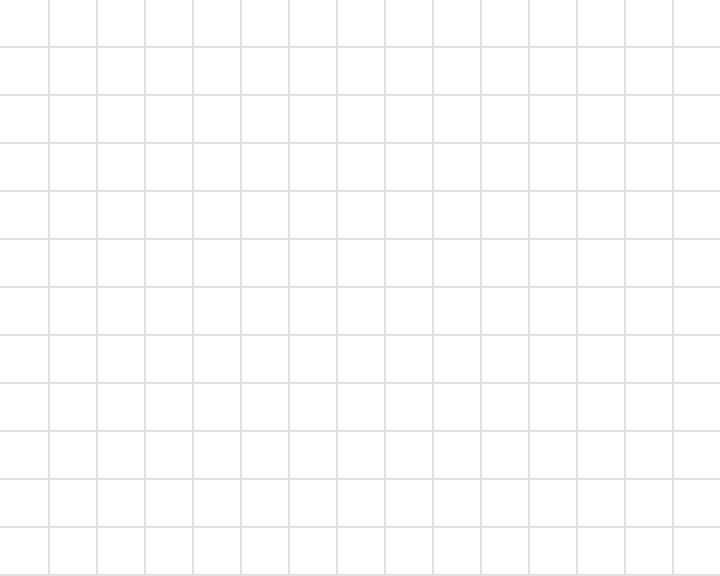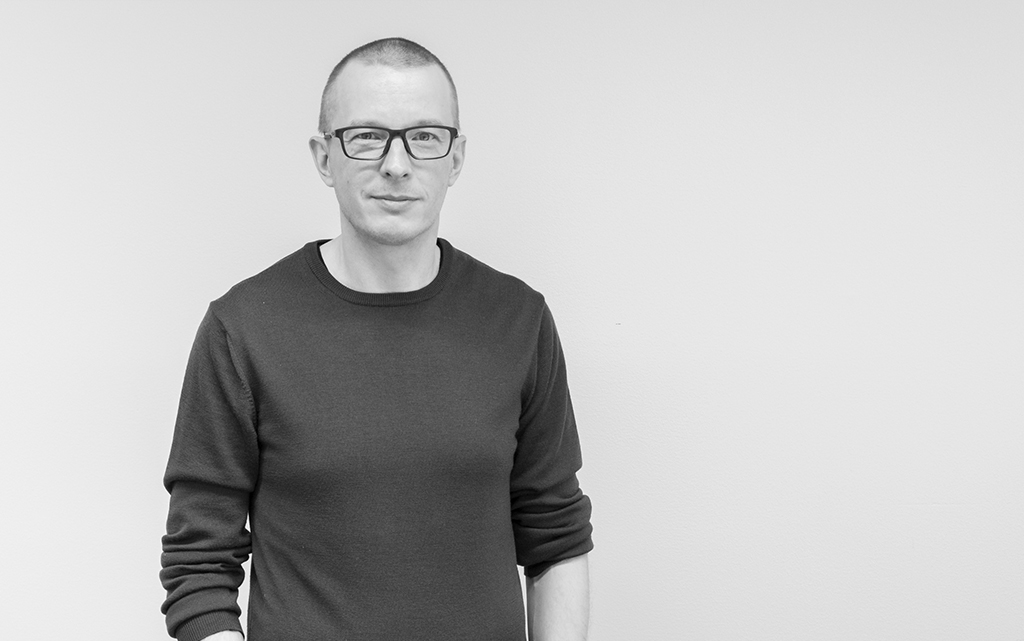2023-07-27

Marketing Lead at TX
In this article, I’ll explain what a decentralized autonomous organization is, how DAOs operate from a governance and technical perspective, the benefits and disadvantages of DAOs, and how they compare to a traditional organization or business with a central authority.
If you need to become more familiar with Web3 and DAOs, this will be a great starting point to get a basic understanding of the decentralized autonomous organization concept.
Consider starting from our blog post on understanding the key concepts of Web3 if you’re really new to the technology.
In this article
What is a DAO?
DAO stands for Decentralized Autonomous Organization. It’s a governance model for communities, organizations and even businesses to democratize (or decentralize) decision-making using Web3 native technologies to operate transparently and efficiently.
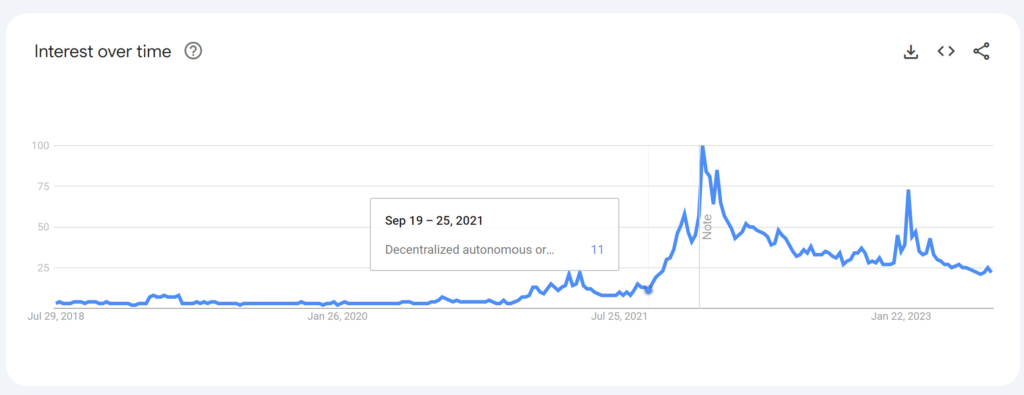
DAOs can be an especially powerful tool for online communities looking to make a real-world impact. It’s possible for communities to gather without forming a DAO. But, a DAO governance approach may help to get past problem thresholds related to community growth and handling common goods.
The DAO model empowers groups to create a democratic governance model in handling shared assets transparently, setting up a framework for growth that isn’t dependent on a single individual or entity, and incentivizing community members to contribute toward a common goal. Often, incentives relate to rewards for actions in the form of the DAO’s crypto tokens, which can provide voting power in milestone decisions or hold some monetary value.
Although decision-making relies on collaboration and consensus, some centralized leadership is required to coordinate actions and achieve objectives.
What is the difference between Web3 and DAOs?
Web3 is the larger concept for a decentralized internet, whereas DAOs are a form of operation that uses decentralized technologies.
The Web3 ethos aims to remove control over personal data from large corporations back to regular users. Decentralized autonomous organizations could be seen as a manifestation of this ethos, giving individuals collective ownership of the DAO’s mission.
Main advantages of DAOs
Transparency
Following the transparent nature of blockchains, where each action is recorded and can’t be changed, DAO members can inspect every decision and action that happens with the DAO’s resources. This means members can, for example, see the results of voting decisions and track the allocation of a DAO’s assets in case of misuse.
Trust
When used correctly, smart contracts and blockchains enable DAO members to trust that every decision is followed by the intended action. Although decentralized technologies may create a feeling of trust among stakeholders who never physically interact with each other, due diligence should still be practiced before any commitments.
Efficiency
Smart contracts help to automate actions and streamline operations, increasing efficiency as people may focus on working on aspects that aren’t completed with smart contracts alone.
Online collaboration
Although this isn’t an exclusive advantage, many DAOs are set up to function entirely online so people can contribute to the community from anywhere with an internet connection. Their tools mix Web3 native technologies like wallets and tokens with Web2 platforms such as Discord for communication or Trello for project management.
Main disadvantages of DAOs
Slow decision-making
Naturally, requiring group votes on critical decisions requires more time to complete than an executive decision by a single entity. Decentralization allows each voice to be heard, which can make decision-making slow or even appear rigid in situations requiring quick decisions. Ultimately, it is up to the DAO to define what level of authority and power members hold in its operations.
Managing disagreements
As the community grows, differing views on development and resource allocation will likely surface. Differences in fundamental decisions like fair compensation can, at worst, split the community, hindering its growth.
Technical exploits
A DAO is reliant on smart contracts to automate its operations. Like other programs, they are also vulnerable to bugs and security vulnerabilities. In May 2023, DeFi protocol Deus Finance lost over six million USD when an implementation error in a smart contract was exploited.
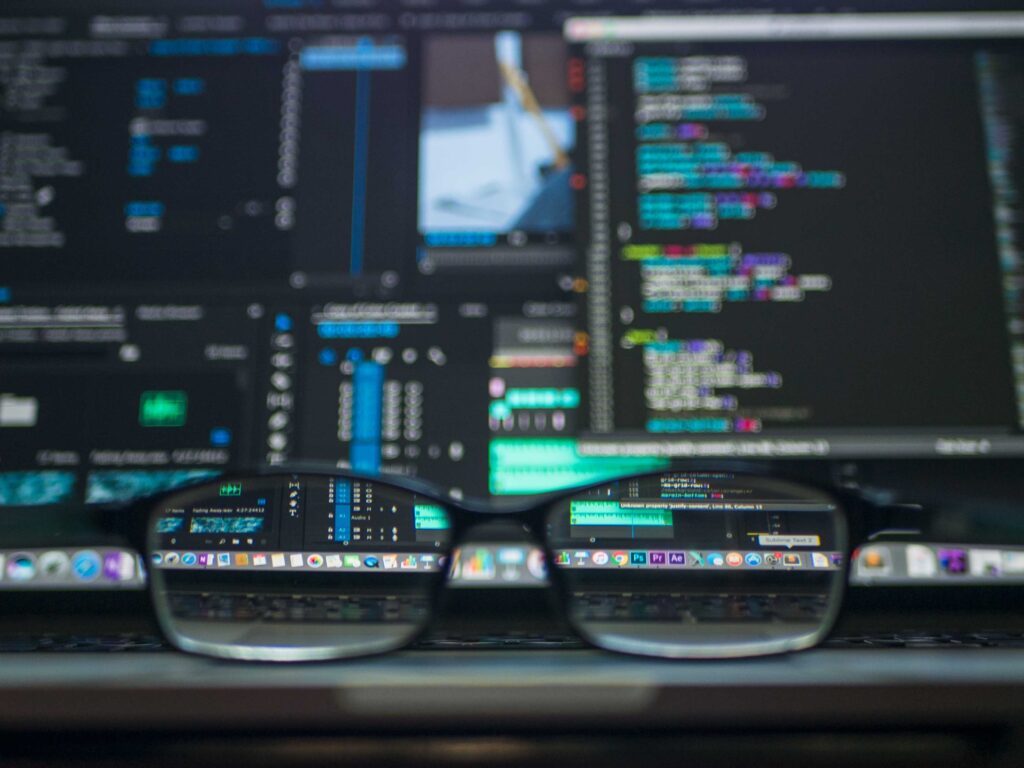
DAOs may also be exploited through its decentralized governance. In another case in May 2023, an attacker hijacked control of the DeFi protocol Tornado Cash. The attacker later returned control to the community with over a million USD stolen, although the damage could have been much worse.
Legal complexities
The regulation involving DAOs is still being shaped in many countries. Questions on ownership and legal responsibilities are still wide open, especially in the financial sector. Anyone looking to set up a DAO as a legal entity must understand how it could operate, for example, as a registered foundation or non-profit organization.
How does a DAO work?
DAOs work differently according to their purpose. DAO members may exclusively include individuals, organizations or businesses, or the structure may be a hybrid involving public and private entities.
We’ll go through some guidelines that many DAOs share. However, it is up to each DAO to understand its community goals and who its stakeholders are and then structure its organization to best suit the DAO’s needs. Those questions can be solved through an ecosystem design process; more on that here.
Governance and tokenomics
The basis of DAO governance starts from the principles of cooperation and decentralized decision-making. Tokenomics is an interrelated aspect of the governance mechanism, which involves defining the total supply of tokens, their value, and so on. To keep things easy, I’ll talk about governance and tokenomics as one united concept.
Tokens are integral to a DAO’s operations. They can represent a member’s status, grant voting power, access to gated content, and other benefits. Tokens can be rewarded to contributors, incentivizing active participation, but they can also be traded in an open market.
The DAO’s voting mechanism is perhaps the most essential function to define. Some utilize an equal power distribution, where each member has only one vote. Others may decide to weigh voting power according to a member’s status or amount of tokens held. Members with a lot of tokens are often more vested in the DAO, so it would make sense that their voice matters more than others.
It is also possible that voting power decreases proportionally between one and zero so that a member with a large pool of tokens doesn’t become too overpowering. In other words, a thousand individuals voting no would weigh more than one member voting yes a thousand times.
DAOs primarily use two types of tokens depending on their purpose: governance and utility tokens. Governance tokens are the ones that give members voting rights and power. Utility tokens give access to products or services within the DAO’s ecosystem.
For example, a utility token could act as currency to buy cosmetics in a blockchain-based game or activate an application. However, a DAO may also use only one type of token for all its operations.
Finding the right mix depends on who the DAO’s members are and the type of voting mechanism they prefer best.
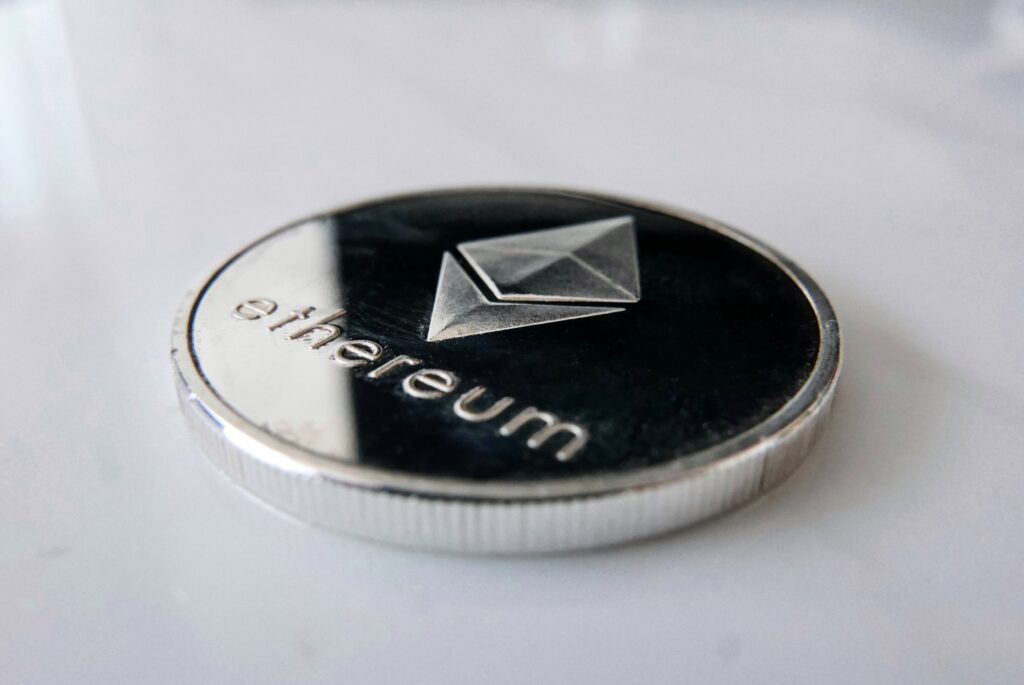
Technical architecture
The backbone of a DAO’s technical architecture comprises blockchains, smart contracts, and also tokens, which I discussed in the previous topic. DAOs may also utilize other services that enhance usability, streamline onboarding, or handle payments between wallets. This guide will briefly explore how a DAO operates without going into too much detail.
If you’re unfamiliar with the basic technical terms, look at this straightforward introduction to Web3 technologies.
In short, DAOs use blockchain technology to record transactions, which can include basically anything. A smart contract helps DAOs to automate decision-making processes and execute other necessary actions, enabling them to function as decentralized and autonomous entities. Tokens give members perks, like voting power or access to gated content, and they often use a technical standard like ERC-20 for the Ethereum network.
DAOs can easily interact with decentralized applications (dApps) built on the same blockchain ecosystem. For example, a DAO might use a decentralized exchange (DEX) to manage its funds. DAOs may also govern and develop dApps or launch a token that dApps use as payment.
A DAO’s interface, meaning how an individual interacts with the DAO, is by no means standardized. Some web or mobile applications try to cover a DAO’s basic needs, while other apps specialize in one particular aspect.
For example, Snapshot collects proposals for members to vote on, and Safe (previously Gnosis Safe) provides multi-signature wallets that ask for authorizations from multiple sources before allowing a DAO to move its funds from one place to another.
The appropriate toolset for each DAO depends on how it engages with the ecosystem and how its members engage with the DAO and among each other. While some services have established themselves as the gold standard for DAOs, new platforms are also entering the market.
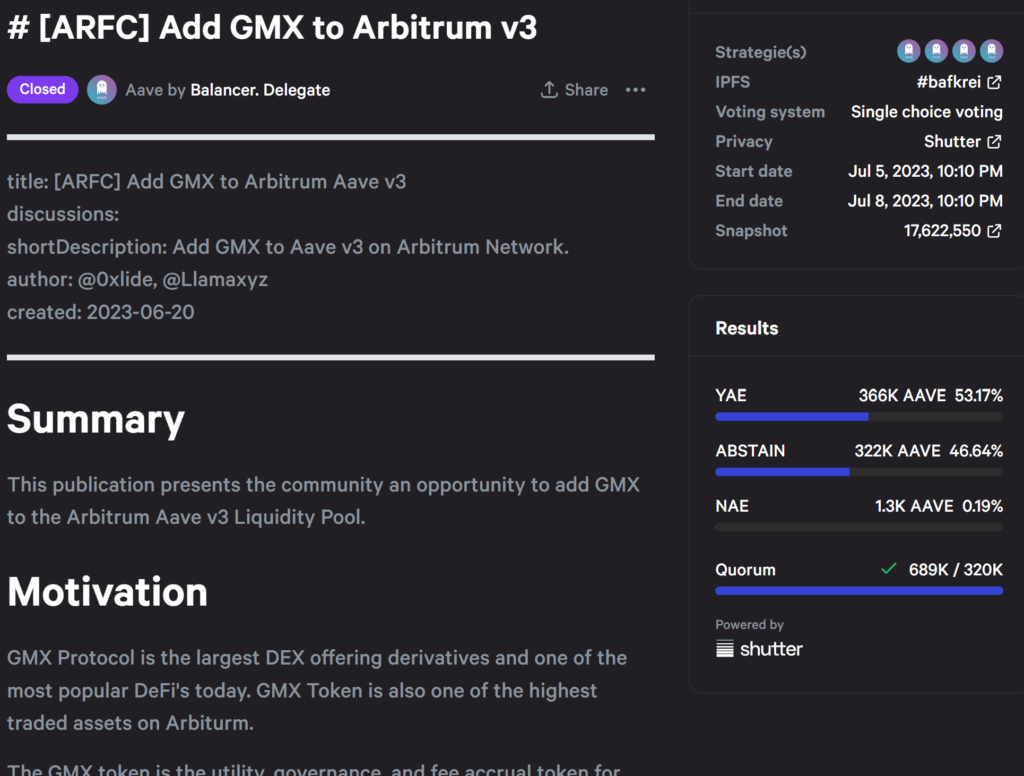
How are DAOs different from businesses?
Hierarchy
The hierarchy structures of traditional organizations and businesses range from vertical hierarchies, where managers make decisions and subordinates execute orders, to flat or horizontal structures, where individuals have more agency to make the best decisions.
DAOs are more similar to the flat model, where individual members (or token holders) get to contribute to the decision-making process.
Member fluidity
Ownership in traditional businesses is often represented by shares. However, exchanging shares can involve substantial paperwork and regulatory compliance. In addition, hiring an employee can also be a rigid process from job posting to paperwork and onboarding.
DAO membership, or ownership through token-holding, can be a much more fluid experience. Depending on jurisdiction and a token’s purpose, token trading is less regulated than the share market. Also, token holders generally have a more direct opportunity to affect the DAO’s future direction than retail investors.
However, not all DAOs are as easy to enter as buying a token. For example, a DAO might want to engage in a hiring process similar to businesses before inviting an individual to join them.
Regulation and legal status
Businesses have had an established regulatory framework for a very long time. It’s generally easy to find out how local labor laws, tax laws, and legal rights and responsibilities function in different areas for different situations.
DAOs, being reasonably new, are in a regulatory gray area. Laws that apply to a DAO may be unclear or underdeveloped, and the same applies to tokens, which might be viewed as securities, commodities, or something else.
Some starting points to consider before setting up a DAO presence are to shape its governance and tokenomics and whether the DAO will be a for-profit or non-profit entity. A solid roadmap will help to compare different regulatory frameworks in countries like Switzerland, Singapore, or somewhere in the US (e.g., a Limited Liability Company in Wyoming) before making a commitment.
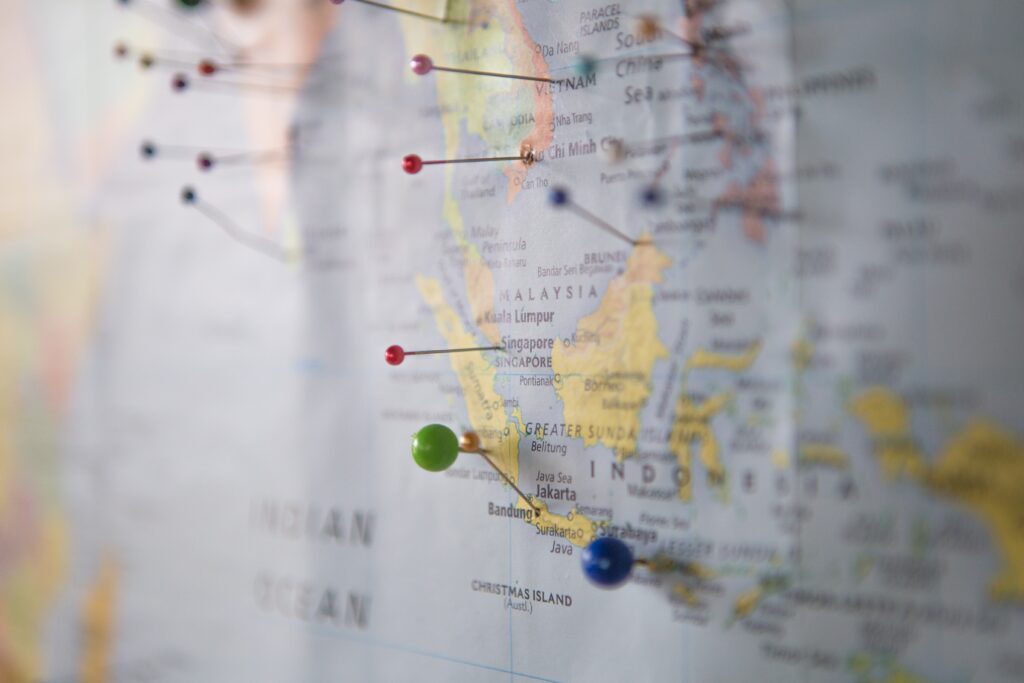
How do DAOs make money?
A DAO has several options available for creating revenue. The more traditional ways to gather initial funding include donations, grants, membership fees or receiving an investment from a venture capital fund.
Token offering
A DAO might choose to release a native token that provides some utility value to its holders, and then attempt to drive that value up.
Previously, many crypto projects would raise funds using an ICO, or initial coin offering, where the project would sell its token, and just like a regular stock, the token’s value would go up. With the right type of hype, DAOs could use this method to get a running start for their mission.
NFTs
However, if a DAO isn’t built around a native token, it could leverage NFTs. Non-fungible tokens, or NFTs, were on everybody’s lips until AI took over. Popularized as collectible pictures, NFTs are unique and have a distinct value. In comparison, governance or utility tokens are all equal in value.
You could picture NFTs as a membership pass and the other tokens as euros or dollars required to purchase one. The value of a non-fungible token may go up or down, but all your banknotes are worth the number printed on them.
In the fundraising context, a DAO might embark toward an ambitious goal supported by a comprehensive whitepaper. Anyone wishing to join the DAO must purchase an NFT, which can be traded openly in a market like OpenSea. If they start selling like hotcakes, their value will increase like any other commodity that trades on scarcity-value.
However, nowadays, NFTs might be linked with negative associations. There’s much more to them than just accessing member-owned communities, but I won’t dive deeper into the topic in this text. Have a look at this blog post on the potential use cases for shareable NFTs (ERC-5023) for a spin on regular NFTs.
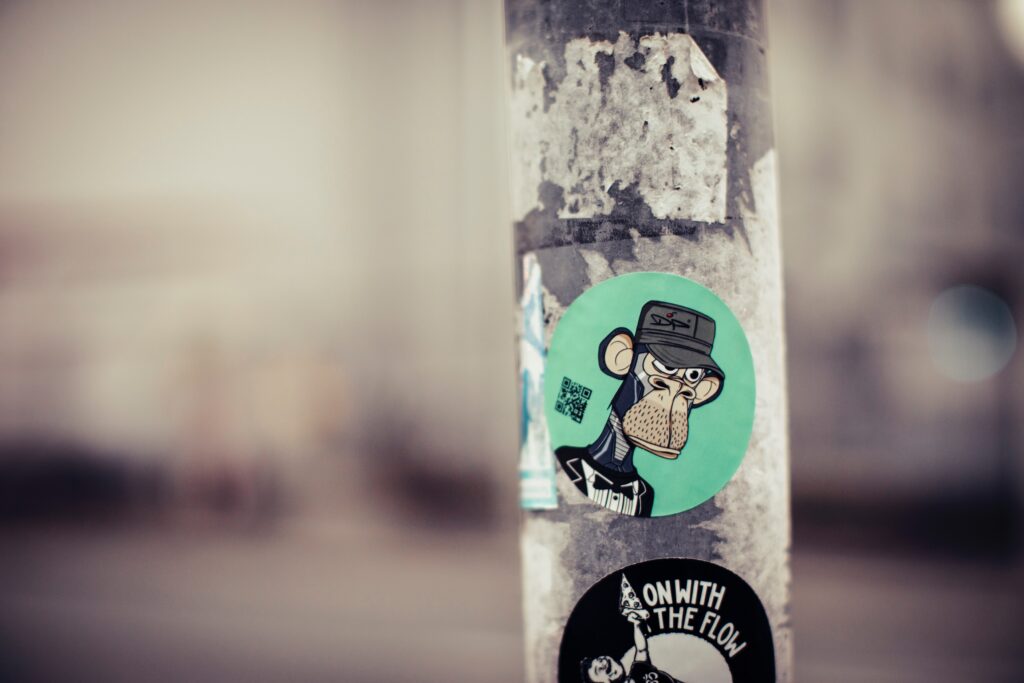
How do I join a DAO?
DAOs come in all shapes and sizes, and finding the best one from thousands of different groups can be hard. Several sites have collected DAOs, such as DeepDAO, DecentraList, Messari, and Discover DAOs.
Instead of endlessly browsing their lists, determine what causes might be significant enough to make you invest your time and effort and begin narrowing down your search to find a suitable DAO. Remember, DAOs are communities working towards a common goal, so take the time to find the ones that align with your interests and values.
Summary
Hopefully, you are now better equipped to understand whether starting or joining a decentralized autonomous organization is worth your time. Even though you may feel like DAOs aren’t quite your thing at this moment, definitely try to find one or more DAOs that could interest you. You might be seeing a lot more DAOs in the near future as the regulatory gray area gets clearer, so you’re still early enough to get a headstart on the masses!
Would you like us to help shape your DAO? Check out our ecosystem design services.
Drop us a message to discuss your project
We’ll get back to you as soon as possible.
Find out more
For information on how we can transform your sector or business, please get in touch using the contact details below.
